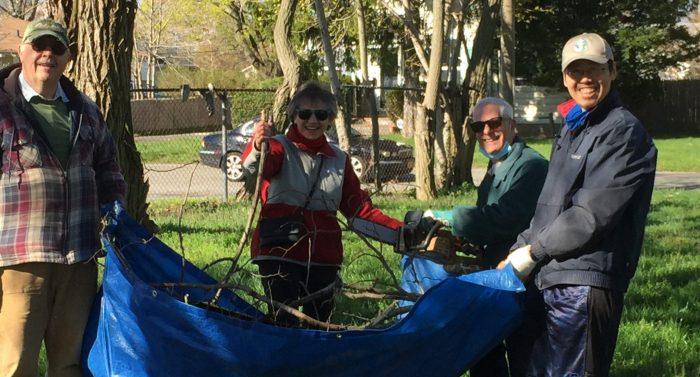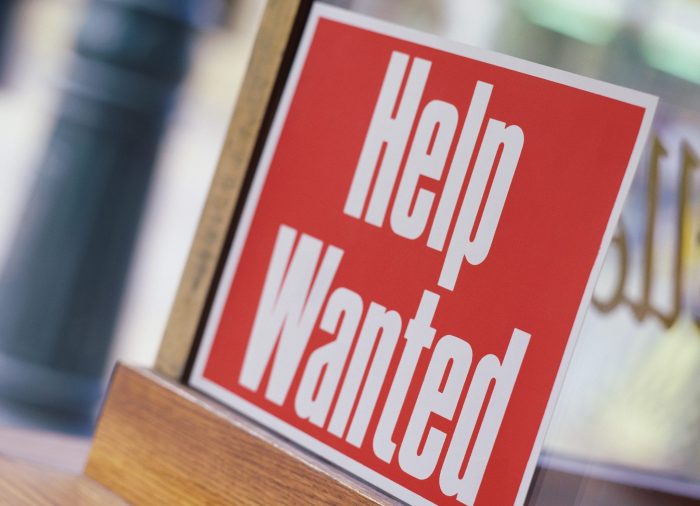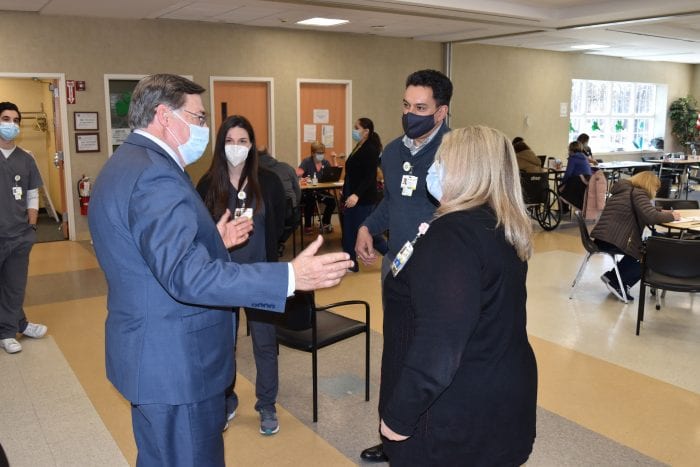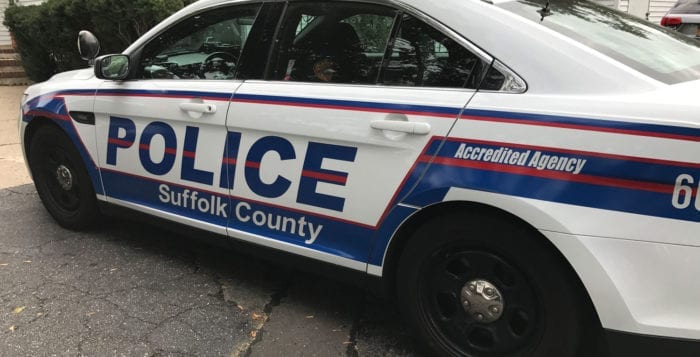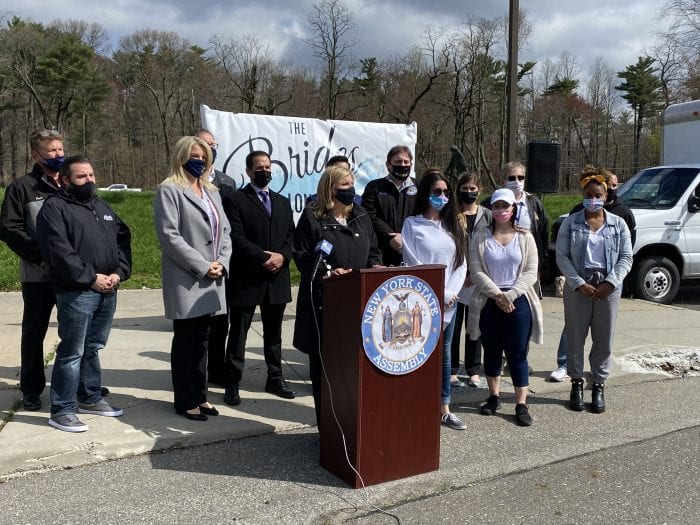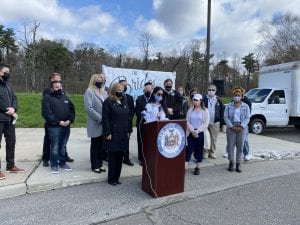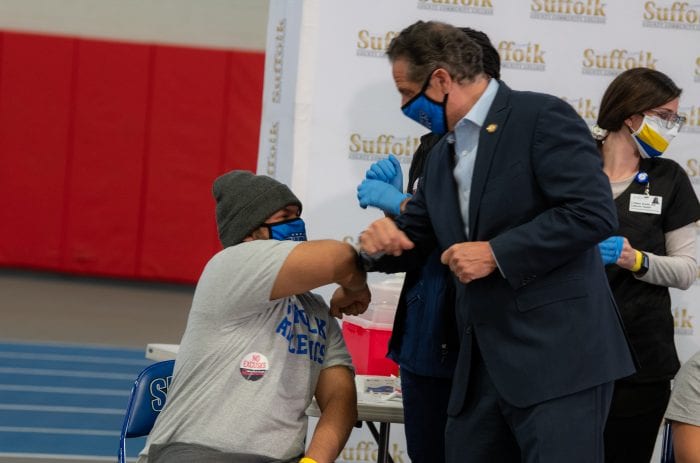Emma Clark Library board members and staff, the family of the late Helen Stein Shack, elected officials, representatives from the Three Village Central School District, and guests from the community gathered virtually on Monday, April 20, to honor the winners of the 2020 & 2021 Helen Stein Shack Picture Book Award.
The Helen Stein Shack Book Contest called for teens in grades 7 through 12 who live in the Three Village Central School District to create a children’s picture book. Each entry could be the work of a single author/illustrator or a collaborative effort between an author and an illustrator. The contest was divided into two grade categories, grades 7 through 9 and grades 10 through 12, with one First Prize Winner and one Second Prize Winner selected from each group.
Library Director Ted Gutmann, along with the family of Helen Stein Shack, presented a slideshow celebration highlighting each of the winners and their books. The winners were a mix from Ward Melville High School, Gelinas Junior High School, R.C. Murphy Junior High School and a local homeschool student.
2020 Winners:
In the grades 7 to 9 category, first prize went to Celia Gordon (last year an 8th grade homeschooler) for her picture book titled Oliver’s Walk.
First Prize in the grades 10 to 12 category was won by Rebecca Blumenthal (last year an 11th grader at Ward Melville High School) for her book, Your Part.
Second Prize in the grades 7 to 9 category was awarded to Ricky Herling and Ashton Hopkins (last year both 8th graders at Gelinas Junior High School) for The Knight and the Monster.
Second Prize in the grades 10 to 12 category went to Riley Meckley (last year a 10th grader at Ward Melville High School) for How Tom Talks.
2021 Winners:
In the grades 7 to 9 category, Julia Garcia-Diaz and Lea A. Nekrasov (8th graders at Gelinas Junior High) captured first prize for their picture book titled Alice Helps.
First Prize in the grades 10 to 12 category went to Rebecca Blumenthal (12th grader at Ward Melville High School) for her book titled A New Normal.
Second Prize in the grades 7 to 9 category was won by Matthew Blumenthal, an 8th grader at Murphy Junior High, for Frankie Gets Stuck.
Second Prize for the grades 10 to 12 category was awarded to Matthew Marchese (10th grader at Ward Melville High School) for Peanut’s Passion.
The library had all of the winning entries bound and made into hardcover books. The winners received copies of the books, along with monetary awards from an endowment created by the Shack family ($400 for first prize and $100 for second prize; in a case of two students collaborating on the book together, prizes are split). The winning books will be on display in the Library’s lobby for the month of May, and then they will be added to the Library’s Local Focus Collection.
The community is grateful to the children of the late Mrs. Shack, who have established a substantial endowment with Emma Clark to cover the cost of the awards as a tribute to their mother and her commitment to passing along the importance and joy of reading for generations to come.
Mrs. Shack’s daughter, Sherry Cleary mentioned, “Our mother knew that a love of reading nurtured children’s souls as well as their brains.”
New York State Senator Mario Mattera was there to congratulate the winners, “I commend everyone for their hard work.”
Senator Mattera, Assemblyman Steve Englebright, Brookhaven Town Supervisor Ed Romaine, and Councilman Jonathan Kornreich spoke at the event, as well as sent certificates from the state and town to all of the winners. Suffolk County Legislator Kara Hahn also sent certificates and personalized letters to all of the winners (Legislative Aide Alyssa Turano was in attendance at the ceremony).
“The ability to write and express your ideas is going to be such a valuable skill, and I have every confidence that you here who are recipients of this award are destined for great success,” said Councilman Kornreich.
Library Board President Deborah Blair and Vice President Christopher Fletcher were on the Zoom event to virtually applaud the winners. Three Village Central School District Trustee Deanna BavInka, Superintendent Cheryl Pedisich, Gelinas Junior High School Principal Corinne Keane, R.C. Murphy Junior High School Principal Brian Biscari, Gelinas Junior High School English Chair Michelle Hanczor, R.C. Murphy Junior High School English Chair Cathy Duffy, and Ward Melville High School Librarian April Hatcher were all in attendance.
Ms. Cleary, Helen Shack’s daughter, an expert in child development and education as the University Dean in Early Childhood Initiatives at the City University of New York, summed the honor up nicely:
“Every year my siblings and I are overwhelmed at the talent that emerges — it is almost impossible to select winners. We recognize the generosity, wisdom, artistry, and sensitivity each author displays in their book. And this year is no different, except that this year the external forces were very different. Between a global pandemic and some of the most disturbing hate crimes and violence of your young lives, you have shown us there is a reason to hope and to look to the future with optimism. We know that our mother would be so moved by your talent, drive and tenacity — and so are we!”
The Emma S. Clark Memorial Library, located at 120 Main Street in Setauket and on the web at www.emmaclark.org, provides public library service to all residents of the Three Village Central School District.





